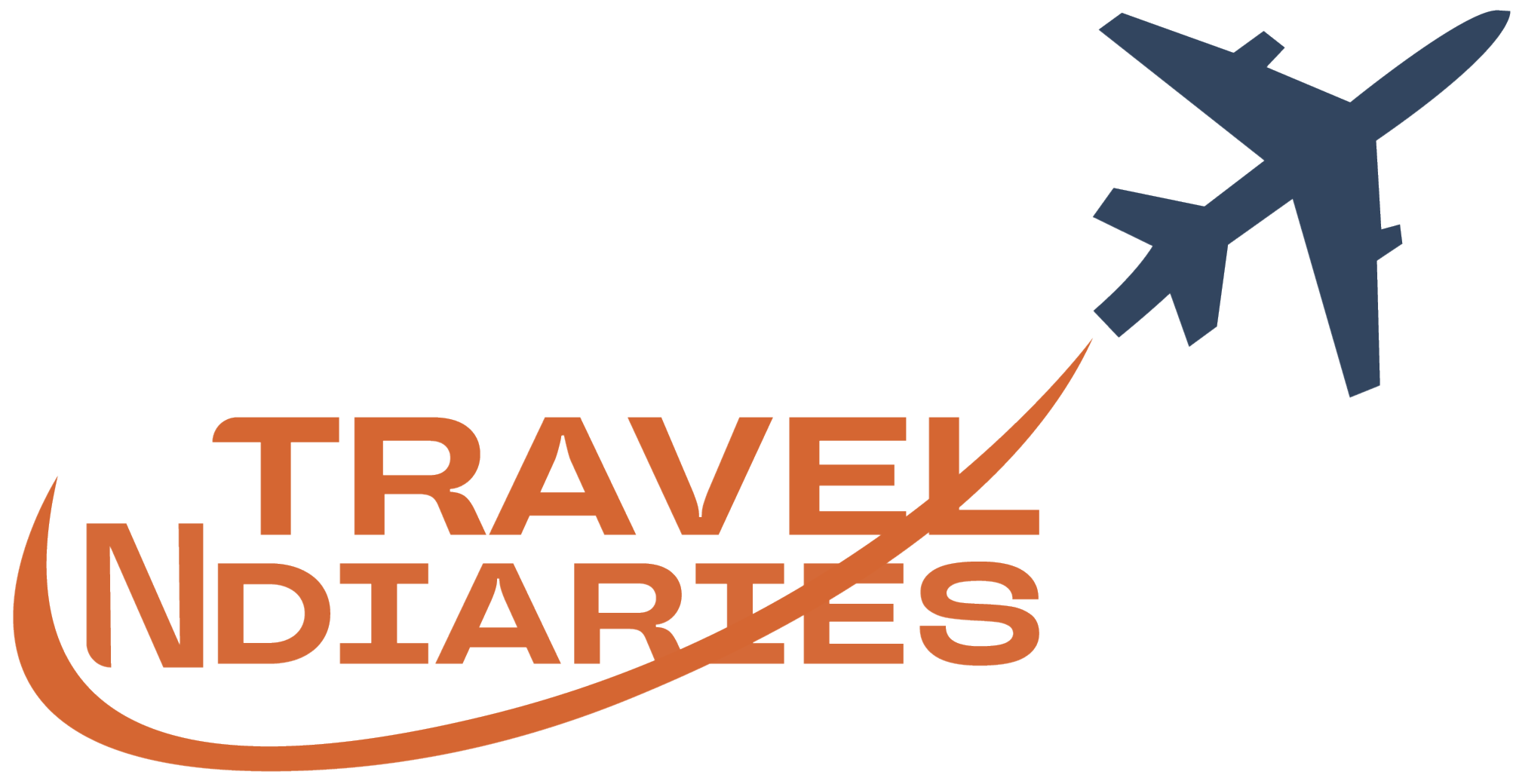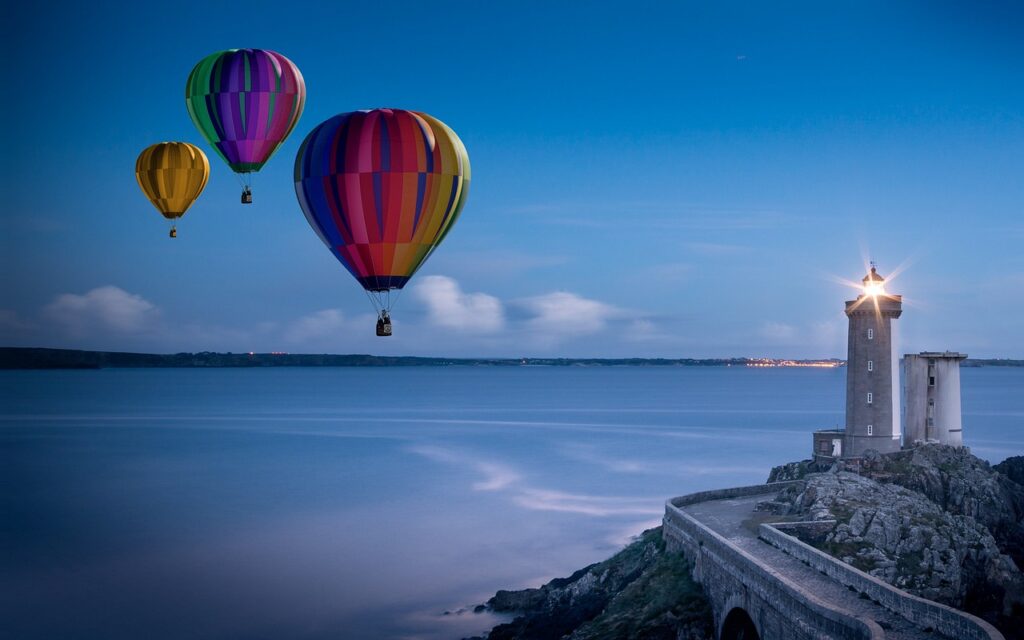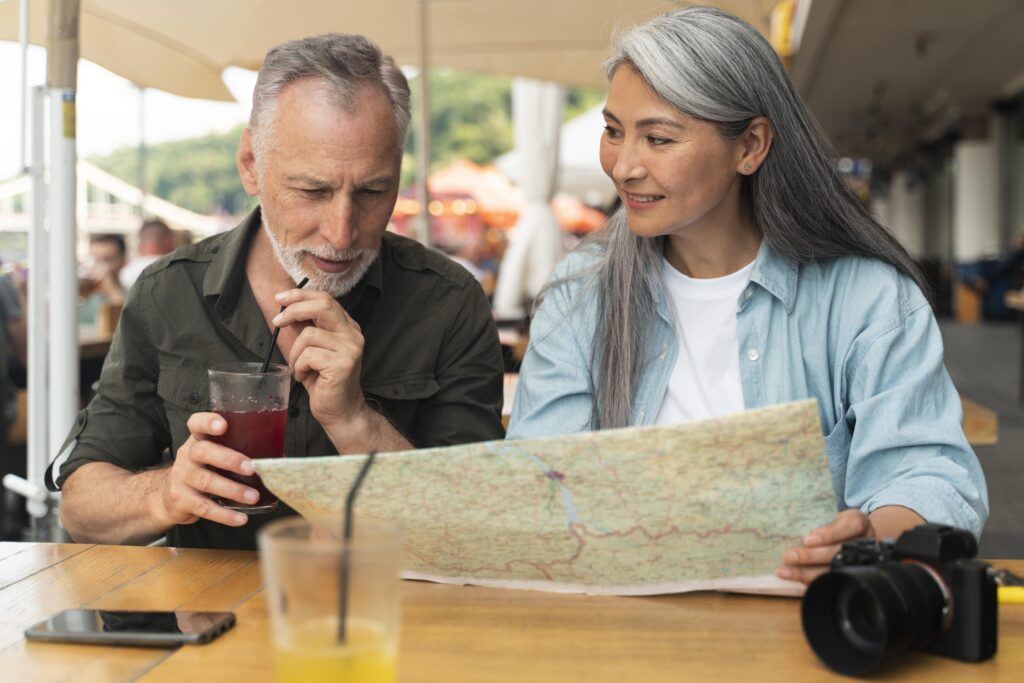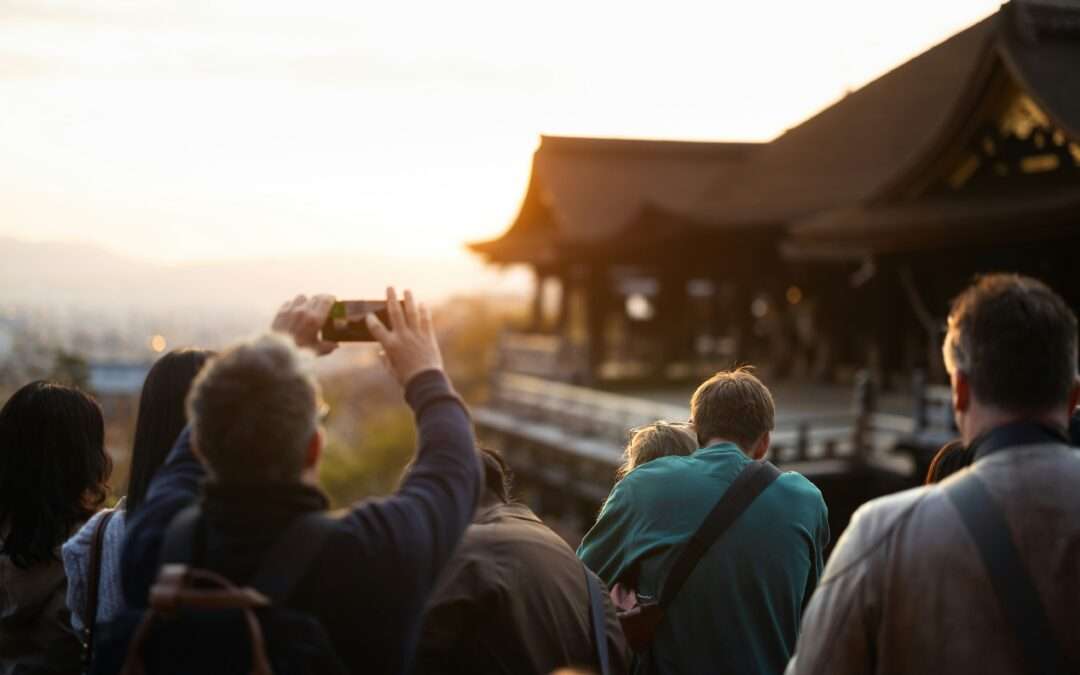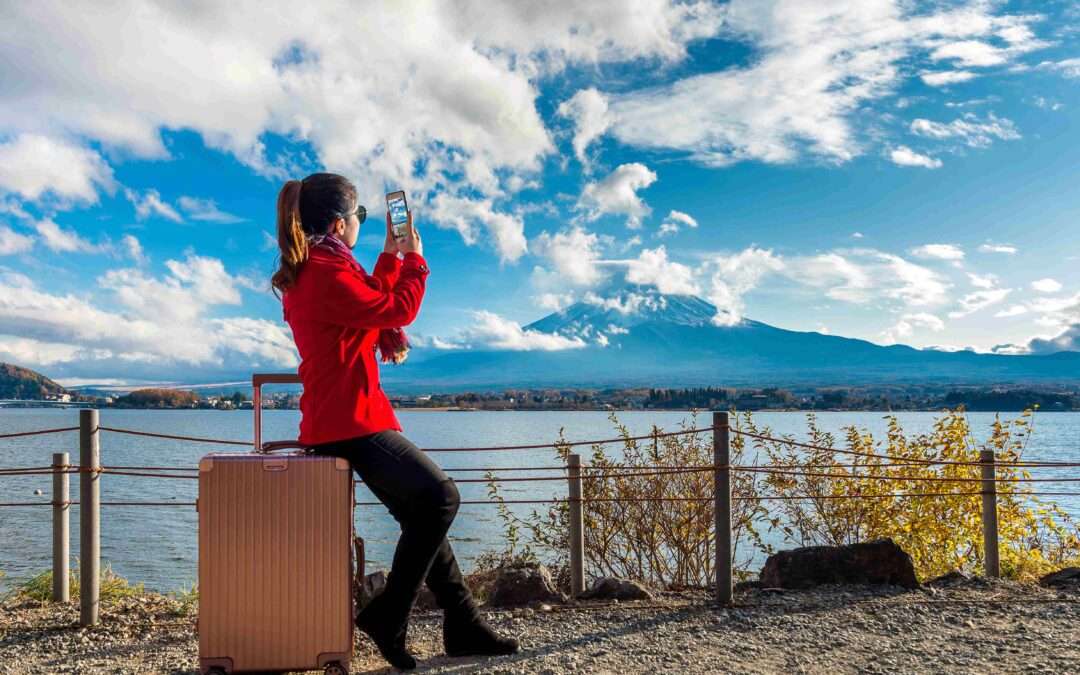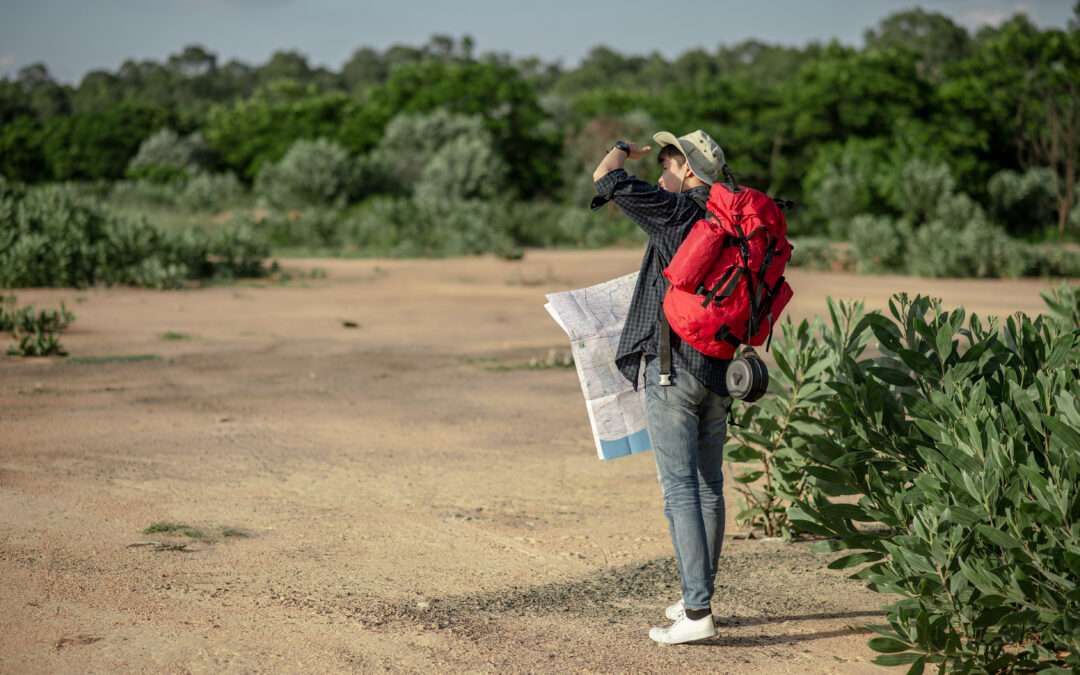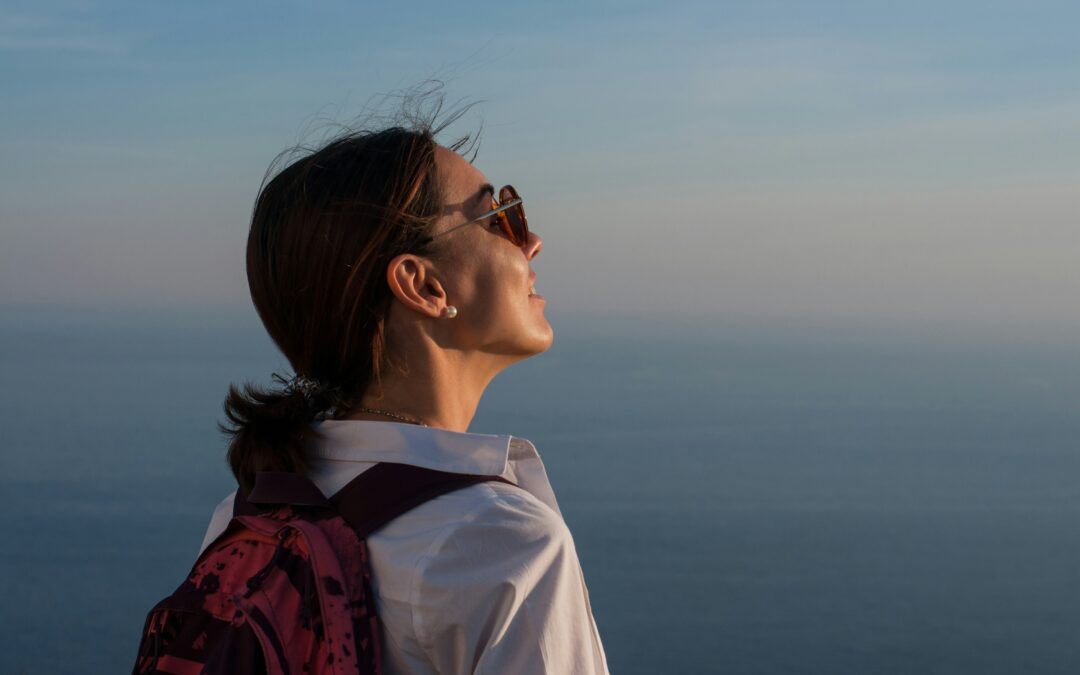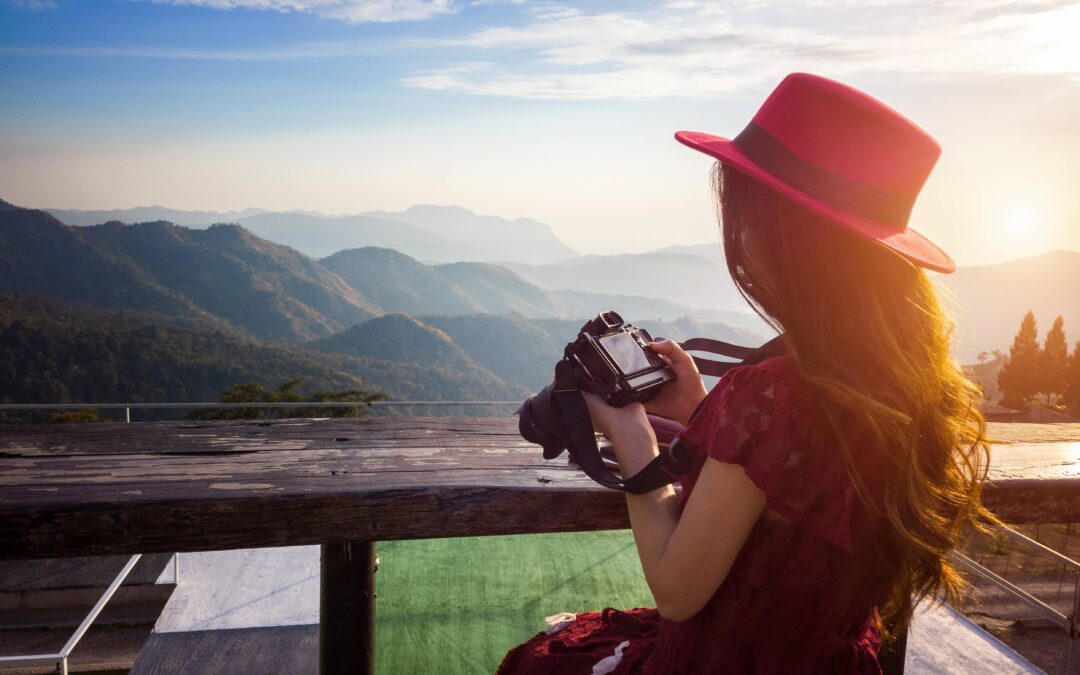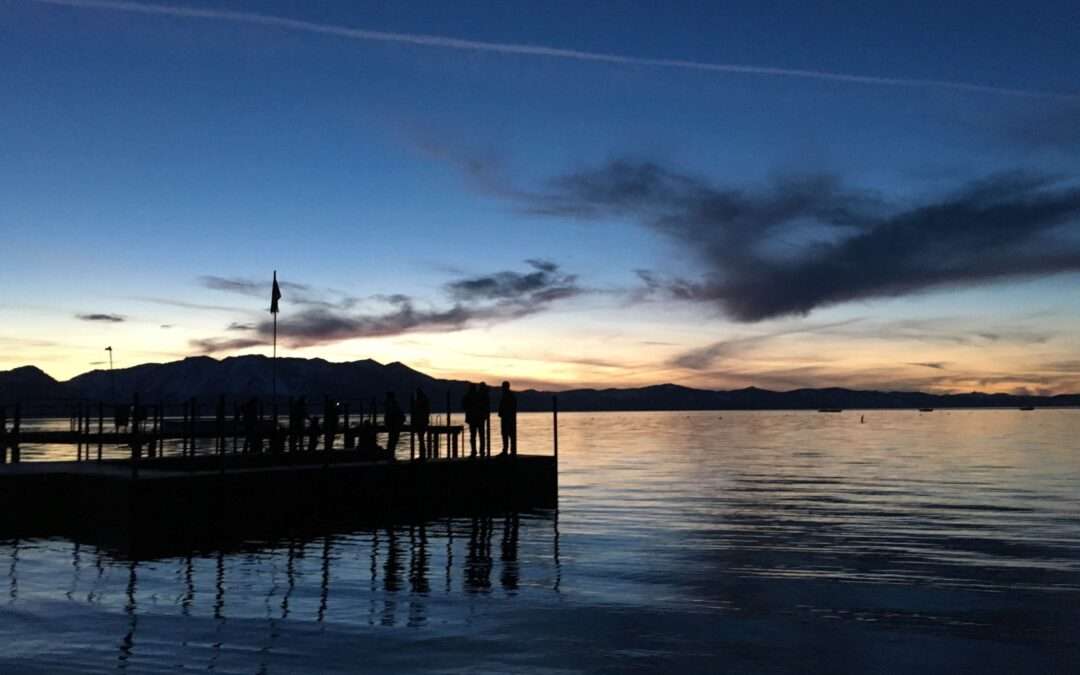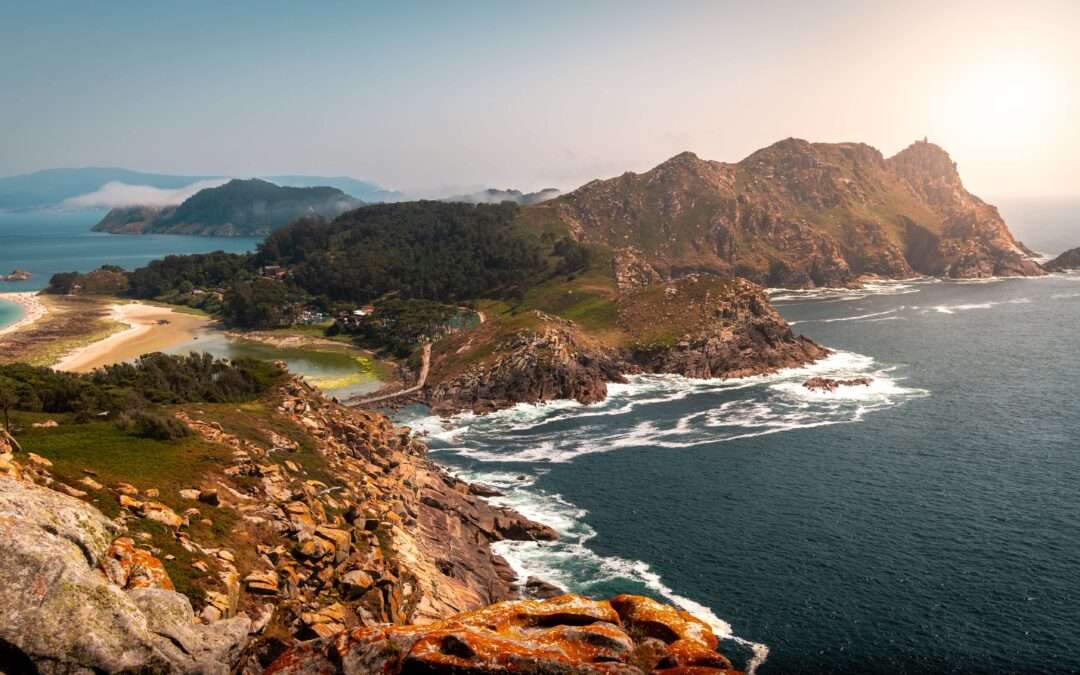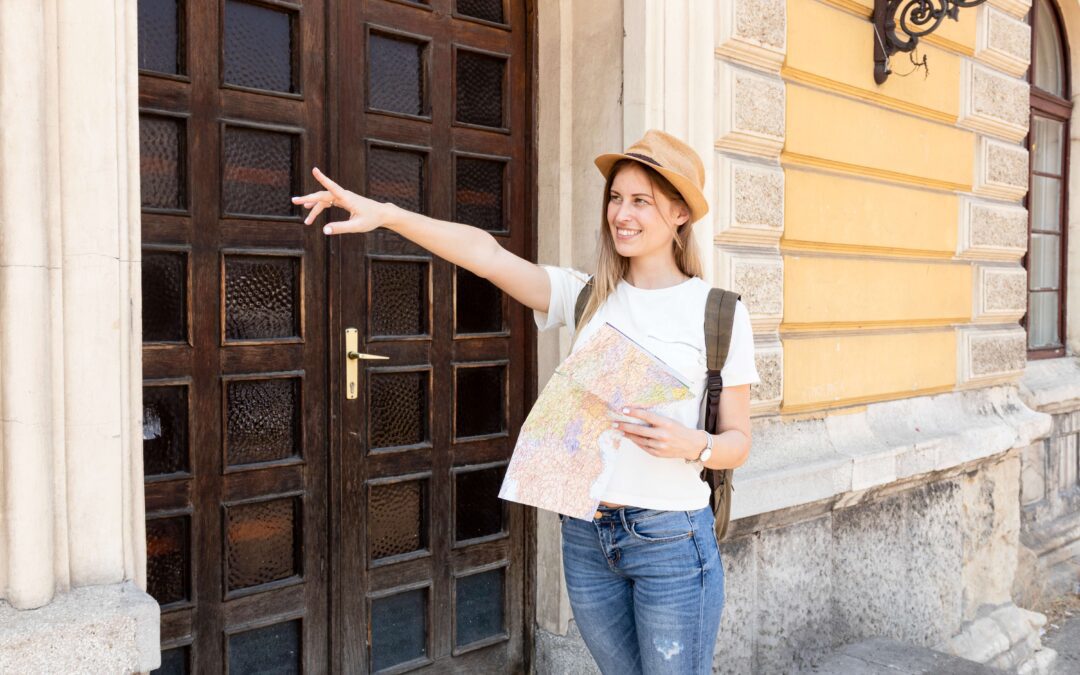✈️ 1. Leisure Travelers
Leisure travelers represent the largest segment of the global tourism market. These individuals travel to relax, explore, celebrate, or spend quality time with loved ones. Whether it’s a romantic escape, a family holiday, or a solo wellness retreat, the main goal is enjoyment.
Characteristics of Leisure Travelers:
- Prioritize comfort and experiences
- Prefer planning trips during holidays or breaks
- Often travel to beaches, historical cities, or cultural landmarks
- Spend on food, entertainment, and local attractions
- Book hotels, resorts, cruises, or package tours
Common Destinations:
- Paris (romantic getaway)
- Maldives (luxury beach vacation)
- Orlando (family fun)
- Rome (historical and cultural exploration)
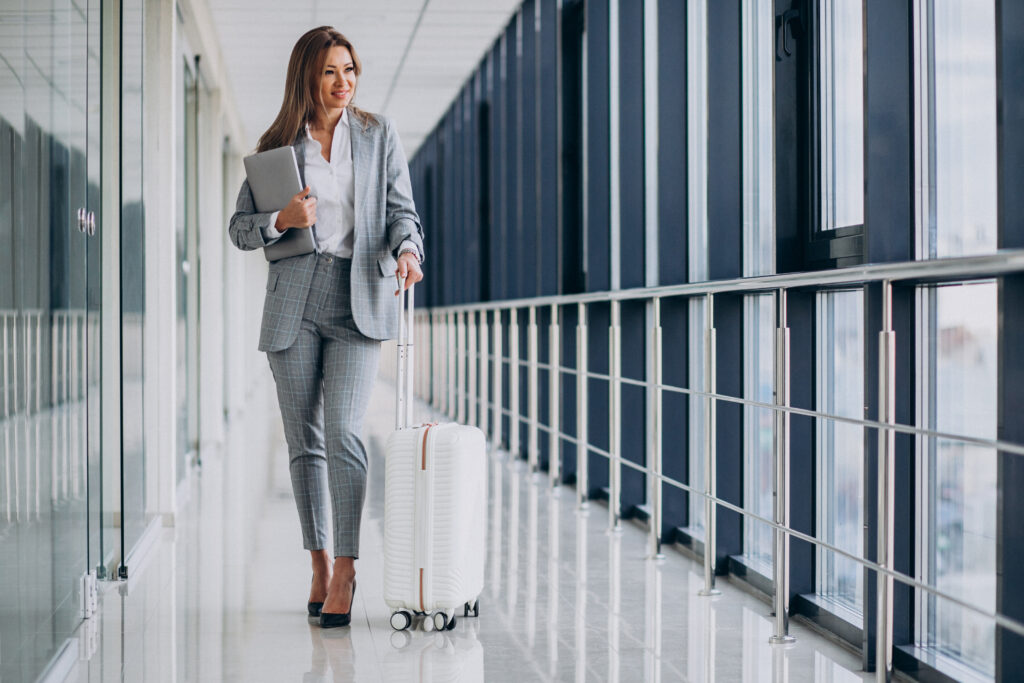
Business woman with travel luggage in airport, holding laptop
💼 2. Business Travelers
Business travelers are professionals who travel primarily for work-related purposes such as attending conferences, client meetings, trade shows, or site visits. Though the travel is job-driven, many mix in leisure when possible (this trend is often referred to as “bleisure”).
Characteristics of Business Travelers:
- Time-sensitive and efficiency-focused
- Often travel alone or with teams
- Book accommodations close to meeting venues or city centers
- Use corporate travel programs or loyalty memberships
- Rely heavily on internet, transport, and mobile connectivity
Common Activities:
- Attending networking events
- Presenting at industry conferences
- Visiting global offices
- Touring manufacturing sites or facilities
Popular Cities for Business Travel:
- New York
- London
- Tokyo
- Dubai
- Singapore
🧗 3. Adventure Travelers
Adventure travelers are driven by curiosity, physical challenge, and new experiences. They seek destinations off the beaten path, push their limits, and often explore nature in raw, authentic settings.
Characteristics of Adventure Travelers:
- Prefer remote or less-touristy areas
- Engage in physical activities (hiking, diving, skiing)
- Often travel light and with flexible plans
- Value local culture and eco-friendly travel
- Choose hostels, campsites, or local stays over luxury hotels
Common Activities:
- Trekking in the Himalayas
- Surfing in Costa Rica
- Safari in South Africa
- Volcano hikes in Iceland
- Scuba diving in the Philippines
Subtypes of Adventure Travelers:
- Soft adventurers (moderate risk, short trips)
- Hardcore adventurers (high risk, remote expeditions)
🧭 Understanding Travel Preferences
Knowing the type of traveler you are or catering to a specific type can enhance your travel experiences and ensure your plans align with your goals. Here’s how they compare:
| Feature | Leisure Traveler | Business Traveler | Adventure Traveler |
| Main Purpose | Fun & Relaxation | Work & Networking | Challenge & Discovery |
| Travel Frequency | Occasionally | Frequently | Seasonally or often |
| Accommodation Style | Comfortable/Luxury | Convenient/Efficient | Budget/Flexible |
| Planning Style | Pre-booked packages | Organized by schedules | Minimal, flexible |
| Budget Focus | Mid to High | Company-funded or high | Varies, often moderate |
✅ Conclusion
Understanding the three main types of travelers Leisure, Business, and Adventure offers insight into the diverse reasons why people explore the world. Each traveler has distinct goals, habits, and expectations, which helps travel businesses, hospitality providers, and tourism boards tailor their services.
Whether you’re relaxing at a spa, networking at a conference, or hiking through dense jungles, you’re part of the global movement of people discovering, learning, and connecting across borders.
